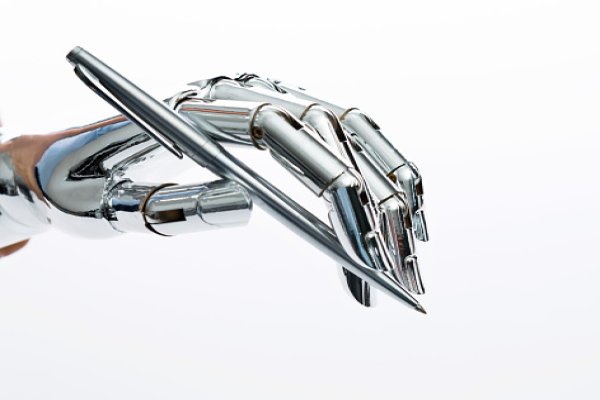China’s People’s Liberation Army has unveiled plans to vastly modernize its military capabilities, focusing on integrating technology for unmanned and artificial intelligence weapons systems. This marks a major shift in Chinese defense policy that lays out an ambition to integrate the country’s formidable defense industry into a global force-multiplier role, both within China itself and beyond its borders. Already having been making strides towards militarized AI applications such as cyber operations, this new roadmap looks set to bring world-leading-edge technology onto the battlefield. In turn, this potentially poses risks and opportunities to nations around the globe – how will they respond?
At the opening of the 20th National Congress of the Communist Party of China (CCP), CCP Central Committee Chairman Xi Jinping delivered a report on behalf of the 19th CPC Central Committee. On October 16, 2022, Xi presented an outline for driving continued scientific development and making substantial progress on party-building reform.
According to the report, China’s People’s Liberation Army (PLA) has been noted for utilizing Artificial Intelligence (AI). It highlighted AI’s role in augmenting the PLA’s capabilities, although potential hindrances to this technology’s development were identified and discussed.
The Chinese People’s Liberation Army (PLA) appears to be determined to incorporate the latest technology into its military operations, as evidenced by a recent news report. They seek to leverage advanced technological advancements such as unmanned weaponry and artificial intelligence to gain a tactical advantage over potential adversaries. This is part of their overall strategy for modernizing the PLA and its capabilities in an increasingly competitive global environment.
By 2027, the People’s Liberation Army (PLA) plans to reach a state of modernity through complete automation and digitization. This ambition includes upgrading military systems to integrate computerized and robotic activities.
The immediate necessity for the People’s Liberation Army is to modernize and prepare for an international caliber, as stated by Xi Jinping.
The PLA’s development has long been the focus of his determination, and he has looked to expedite its integrated progression. By implementing suitable measures and modernizing the Army to the nation’s rapidly changing conditions, he has encouraged efforts to facilitate a comprehensive enhancement of PLA capability.
Xi Jinping says:
“Mechanization, informatization, and the application of smart technologies.”
The People’s Liberation Army (PLA) will concentrate on C4ISR in areas such as communication, computing, intelligence gathering, surveillance, and reconnaissance, according to The Singapore Post.
China’s People’s Liberation Army (PLA) is determined to be adequately equipped to face any conflict: whether it is symmetric, asymmetric, or even deploys cyberspace warfare tactics.
The Chinese People’s Liberation Army (PLA) has widely used leading-edge robotic and unmanned systems and extremely accurate guided missiles in all segments and units.
The People’s Liberation Army (PLA) is determined to develop uncrewed vehicles for logistics, while the PLA Navy concentrates on creating unmanned surface vessels and submarines.
In addition, the report highlighted that the People’s Liberation Army Air Force (PLA Airforce) is progressing in developing unmanned systems. This initiative demonstrates their commitment to advancing technological capabilities and furthering innovation in aerospace engineering. Moreover, this effort indicates that they are determined to stay at the forefront of global aviation advancements while maintaining a robust military presence.
The Singapore Post has reported that Chinese authorities understand the need for a symbiotic public and Private relationship to gain technological advancement on a global scale.
China is offering subsidies to encourage private-sector companies to be involved in developing crucial technologies such as artificial intelligence. The Chinese government is providing these incentives intending to push technological advances further.
China also needs to improve its strategy, as many suggest that Beijing ignores the possible risks and weaknesses primarily because it focuses on achieving objectives.
As China’s military continues to modernize, it is clear that they are looking to technology and artificial intelligence to give them an edge on the battlefield. With their large population, financial resources, and technical expertise, they are well-positioned to develop these types of weapons. The question remains, though, how willing they will be to use them and what kind of impact they will have on the global stage.
Source: theprint.in



